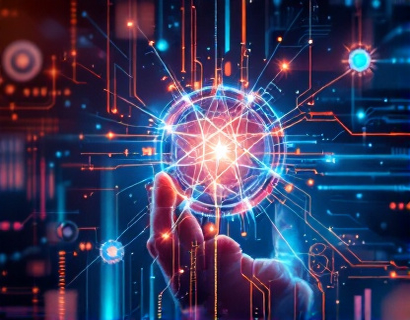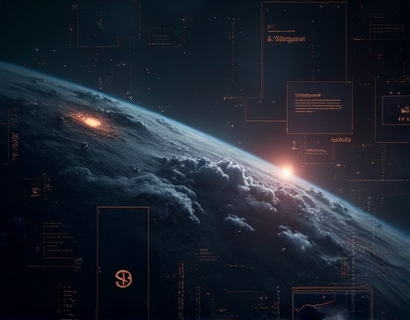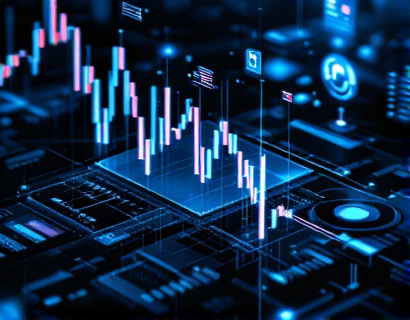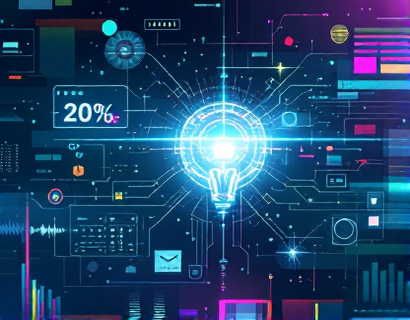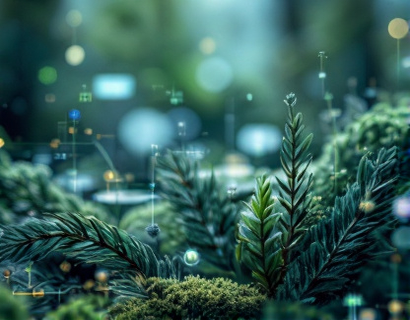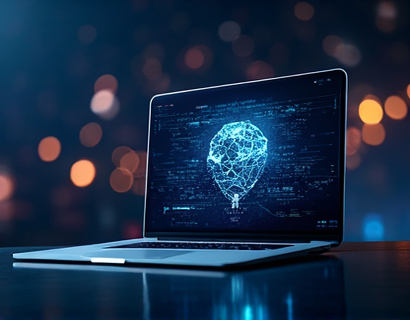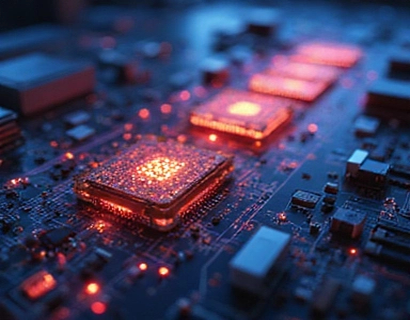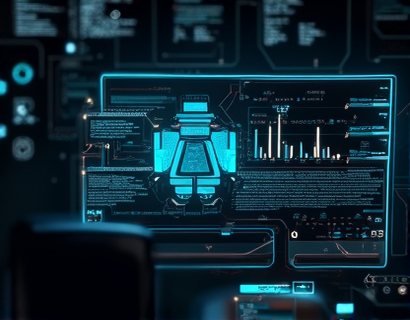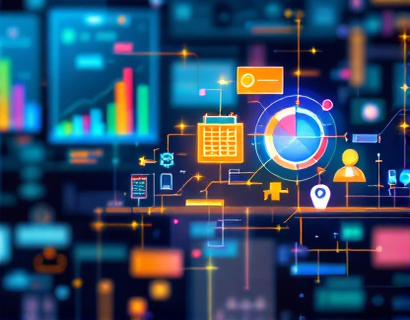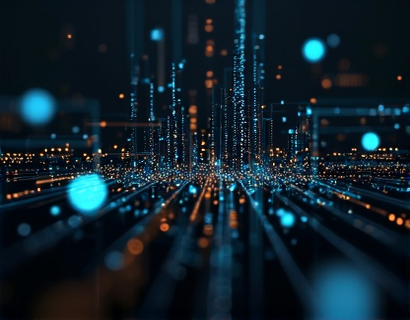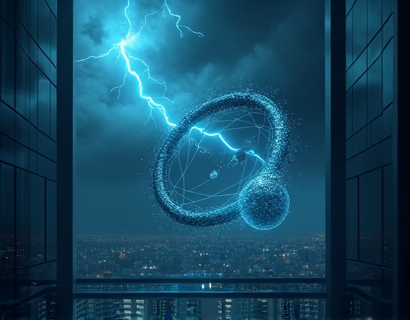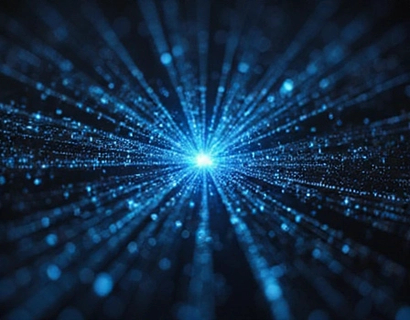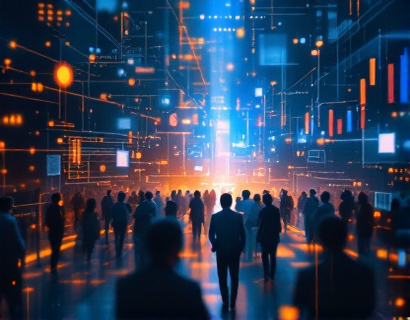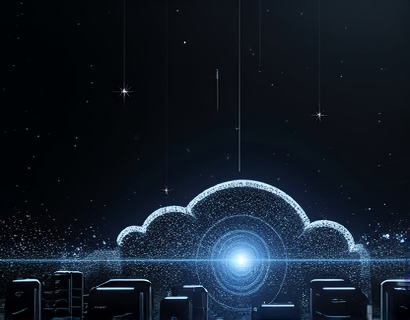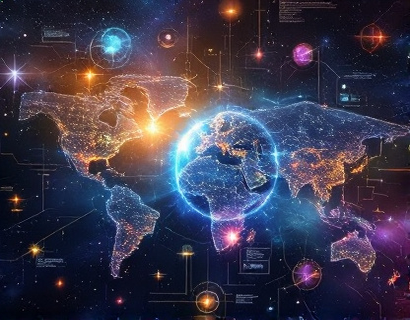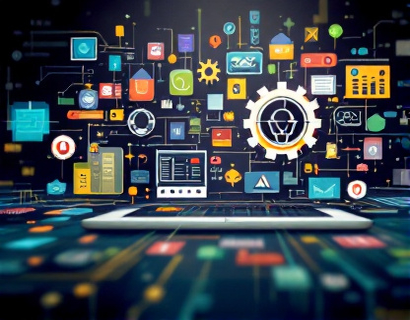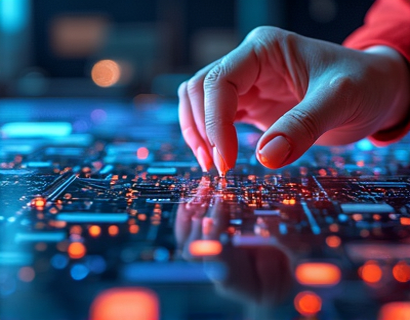Unlocking the Ucosystem: Master Guide to Key Entities and Insights for Success
The Ucosystem represents a complex network of interconnected entities, each playing a vital role in the overall functionality and success of the system. This comprehensive guide aims to provide deep insights into the core entities of the Ucosystem, connecting users with essential resources to navigate and succeed in this intricate network structure. Whether you are an enthusiast or a professional, understanding these key entities and their interactions is crucial for unlocking the full potential of the Ucosystem.
Understanding the Core Entities
The foundation of any ecosystem lies in its core entities. These entities can be broadly categorized into nodes, links, and agents. Nodes are the individual components or actors within the Ucosystem, such as users, organizations, or devices. Links represent the connections or interactions between these nodes, facilitating the flow of information, resources, or influence. Agents are the intelligent entities that operate within the Ucosystem, making decisions and performing actions based on the data and connections available to them.
Nodes are the building blocks of the Ucosystem. They can vary greatly in nature and function. For instance, in a social Ucosystem, nodes might represent individuals or groups, while in a technological Ucosystem, nodes could be servers or applications. The properties and behaviors of nodes are critical as they determine how information and resources are shared and processed within the network.
Links, or edges, are the relationships between nodes. These connections can be directed or undirected, weighted or unweighted, and can carry various types of data. In the context of the Ucosystem, links represent the interactions and dependencies between nodes. For example, in a professional network, a link might represent a collaboration or a mentorship relationship. The strength and nature of these links significantly influence the flow of information and the overall dynamics of the Ucosystem.
Agents are the intelligent entities that navigate and interact within the Ucosystem. They can be algorithms, bots, or even human operators. Agents use the data from nodes and the connections provided by links to make decisions, optimize processes, and achieve specific goals. In a smart city Ucosystem, agents might manage traffic flow, monitor environmental conditions, or optimize energy usage. The capabilities and behaviors of agents are essential for the adaptive and responsive nature of the Ucosystem.
Key Entities in Detail
To better understand the Ucosystem, let's delve deeper into specific types of nodes, links, and agents, along with their roles and significance.
Nodes: Types and Functions
Nodes can be classified into several types based on their characteristics and functions:
- Information Nodes: These nodes store and provide access to data. In a knowledge Ucosystem, information nodes might be databases, libraries, or knowledge bases.
- Action Nodes: These nodes are responsible for performing specific actions or tasks. For example, in a supply chain Ucosystem, action nodes could be warehouses, manufacturing plants, or distribution centers.
- Sensing Nodes: These nodes collect data from the environment or other nodes. In a smart home Ucosystem, sensing nodes might include temperature sensors, motion detectors, or smart thermostats.
- Computational Nodes: These nodes process and analyze data to generate insights or make decisions. In a financial Ucosystem, computational nodes could be servers running trading algorithms or risk assessment models.
Each type of node plays a crucial role in the Ucosystem, contributing to the overall functionality and efficiency of the network.
Links: Types and Significance
Links can also be categorized based on their properties and functions:
- Directed Links: These links have a specific direction, indicating the flow of information or influence from one node to another. In a web Ucosystem, directed links represent the hyperlinks between web pages.
- Undirected Links: These links do not have a specific direction, indicating a bidirectional relationship between nodes. In a social network, an undirected link might represent a friendship or connection between two users.
- Weighted Links: These links have associated weights or costs, representing the strength or quality of the connection. In a transportation Ucosystem, weighted links could indicate the distance or travel time between locations.
- Dynamic Links: These links can change over time, reflecting evolving relationships or conditions. In a market Ucosystem, dynamic links might represent shifting supply and demand patterns.
Understanding the types and significance of links is essential for grasping how information and resources flow through the Ucosystem, and how nodes interact and influence each other.
Agents: Types and Capabilities
Agents can be classified based on their capabilities and roles:
- Observation Agents: These agents collect and monitor data from nodes. In a health Ucosystem, observation agents might be wearable devices tracking vital signs.
- Decision Agents: These agents make decisions based on the data and connections available. In a financial Ucosystem, decision agents could be automated trading systems.
- Optimization Agents: These agents aim to optimize processes or outcomes within the Ucosystem. In a logistics Ucosystem, optimization agents might be algorithms designed to minimize delivery times or costs.
- Adaptive Agents: These agents can learn and adapt to changing conditions, improving their performance over time. In a smart city Ucosystem, adaptive agents might adjust traffic signals based on real-time traffic data.
Agents are the driving force behind the dynamic and intelligent behavior of the Ucosystem, enabling it to respond to changes and achieve complex goals.
Interactions and Dynamics
The interactions between nodes, links, and agents form the heart of the Ucosystem's dynamics. These interactions can be analyzed to understand the behavior and performance of the network.
One key concept in understanding these interactions is the notion of network topology. Network topology refers to the arrangement of nodes and links within the Ucosystem. Different topologies, such as star, mesh, or hierarchical structures, can significantly impact the network's resilience, efficiency, and scalability.
Another important aspect is the flow of information and resources through the network. This flow is influenced by the properties of nodes and links, as well as the behaviors of agents. For example, in a supply chain Ucosystem, the efficiency of the network depends on the speed and reliability of information flow between suppliers, manufacturers, and distributors.
Agent behaviors also play a crucial role in shaping the Ucosystem's dynamics. Adaptive agents, in particular, can lead to emergent behaviors and self-organization within the network. For instance, in a traffic management Ucosystem, adaptive agents can optimize traffic flow by dynamically adjusting signal timings based on real-time data.
Strategies for Success
To navigate and succeed in the Ucosystem, both individuals and organizations need to adopt strategic approaches. Here are some key strategies:
Building Strong Connections
Establishing and maintaining strong connections with other nodes is crucial. This involves fostering relationships, collaborating on projects, and sharing resources. In a professional network, building a robust network of contacts can open up new opportunities and enhance career growth.
Leveraging Data and Insights
Data is the lifeblood of the Ucosystem. Collecting, analyzing, and utilizing data effectively can provide valuable insights and competitive advantages. For example, in a marketing Ucosystem, leveraging customer data to personalize campaigns can significantly improve engagement and conversion rates.
Adopting Advanced Technologies
Embracing advanced technologies such as AI, machine learning, and IoT can enhance the capabilities of nodes and agents within the Ucosystem. These technologies can automate processes, optimize performance, and unlock new possibilities. In a manufacturing Ucosystem, implementing IoT sensors and AI-driven analytics can lead to more efficient production and maintenance processes.
Fostering Innovation and Adaptability
Innovation and adaptability are essential for thriving in a dynamic Ucosystem. Encouraging a culture of innovation and being open to new ideas and approaches can help organizations stay ahead of the curve. Adaptive agents, in particular, are vital for responding to changes and optimizing performance over time.
Conclusion
Understanding the core entities of the Ucosystem and their interactions is fundamental for anyone looking to navigate and succeed in this complex network structure. By grasping the roles of nodes, links, and agents, and by adopting strategic approaches, individuals and organizations can unlock the full potential of the Ucosystem. Whether you are an enthusiast exploring the intricacies of the Ucosystem or a professional seeking to leverage its power, this guide provides a solid foundation for your journey.




